SUMMARY
This is AI generated summarization, which may have errors. For context, always refer to the full article.
![[OPINION] A big step towards building strong accountability in BARMM](https://www.rappler.com/tachyon/2020/09/Marawi-Rehab-glimmer-of-hope-September-1-2020.jpg)
Three years after the siege of Marawi, the displaced M’ranao still yearn to return to their homes. The shift of focus from Marawi rehabilitation to the COVID-19 pandemic has caused deep concern among the city’s residents. Confronting a host of issues and problems, including the lack of transparency and accountability in the entire effort, the completion of Marawi’s rehabilitation has become elusive. However, there was a glimpse of hope with the release last week of a comprehensive 127-page report on the Marawi rehabilitation by the Special Committee on Marawi (SCM) of the Bangsamoro Transition Authority (BTA).
The SCM was formed through BTA Resolution No. 41, which called for the “creation of a Special Committee to Look into the Status of the Marawi Recovery, Reconstruction, and Rehabilitation Efforts.” The SCM is a 32-member committee that “acts as the BTA’s mechanism for data gathering and status monitoring on the Marawi response.” The report is significant in bringing back the attention on the Marawi rehabilitation and what needs to be done moving forward.
The SCM report is divided into 4 main parts: the backgrounder, the list of efforts by government (national, regional and local) and non-government organizations, the list of issues and concerns confronting Marawi rehabilitation, and the list of recommendations moving forward. The report is based on “public documents, minutes, presentations, and notes that were presented during the multiple consultations and 3 public hearings organized by the Special Committee.” The third public hearing was conducted in July 2020 and had to utilize online platforms given the pandemic.
The report is exhaustive regarding the Mindanao and Marawi context, the efforts undertaken, and the issues surrounding the Marawi rehabilitation. The first of its kind, the report provides that very important handle for any group/institution/person who wants to engage in the issue of or help in the Marawi rehabilitation. By providing a grounded current situationer of Marawi, the report surely serves as an important reference on the next steps for Marawi rehabilitation.
The report made 5 major recommendations covering organizational issues, direct assistance, and medium- to long-term actions, as well as recommendations for other governmental instrumentalities.
In the immediate, the report proposed that a board or office for the BTA-led Marawi rehabilitation and recovery be established to address existing data gaps. It also suggested ways to enhance the government’s direct assistance to Marawi residents by improving access to assistance for IDPs (internally displaced persons) and by ensuring food security.
The report further pointed out that for the immediate- to medium-term, the government should hasten water distribution and construction of sanitation and hygiene facilities, improve IDP access to electricity, prioritize business and livelihood, synchronize service delivery to avoid duplication and resentment, continue the delivery of education services, continue providing health services, assist the homeowners in identifying their property boundaries, and support permanent housing development.
It also called on other government agencies to allow exercise of property rights by those living in the most affected area (MAA), ensure transparency in the rehabilitation efforts and plans, hasten the immediate passage of the Compensation Law, address emerging security concerns, and raise the matter of monitoring to the Intergovernmental Relations Body (IGRB).
The recommendations are sensible and structured in a way that can guide the next Marawi programming according to which are doable in the immediate-, medium- and long-term, and which level and/or which agency of the government is responsible. The intent to clarify mandates and responsibilities and strengthen the role of the BTA both as an oversight of Marawi rehabilitation and as a direct implementer of programs, projects, and services in Marawi is loud and clear. A section on transparency highlights the gaps in information and accountability in the Marawi rehabilitation and what can be done about it.
While the report touched on problems with the government’s efforts, it could have also underscored which of the past and ongoing government efforts were satisfactorily delivered and which ones were just projects on paper. A ground monitoring conducted by Government Watch (G-Watch) in Marawi in the past year has shown the basic problem of determining who is responsible for what, where to access vital information, and what the current status is of the programs and projects in Marawi. The clear gap in accountability mechanisms in Marawi is one of the rationales behind the proposed multi-level, multi-sectoral accountability platform of G-Watch, in partnership with Generation Peace Network (GenPeace), Grassroots Initiative to Uphold Accountability in Development (GIHAD), and Accountability Research Center (ARC), that was presented to the BARMM government in February this year.
A direct and systematic comparative analysis of what is committed/planned for the rehabilitation of Marawi and what the actual government allocation and efforts are is crucial to hold those responsible accountable for what should have been delivered to the people of Marawi. Some of the projects presented in the SCM report are still ongoing or about to be undertaken, which can be monitored in follow-up undertakings to ensure that they are delivered according to what is expected by the people of Marawi.
Conducting satisfaction and trust surveys with Marawi residents as respondents could also provide a consolidated ground outlook of Marawi people on their situation, their attitude towards the government, and what they want to happen next. Finally, perhaps because of the SCM’s deliberate choice to remain constructive, the report did not touch on the question of why – why despite the many efforts by government and development partners and the billions of pesos allocated for Marawi, the Marawi rehabilitation continues to confront a myriad of major issues and problems, which by and large makes Marawi rehabilitation largely a failure thus far.
These are some crucial questions that can be answered by succeeding accountability efforts on the Marawi rehabilitation, which can very well complement the recommendations in the SCM report.
For all intents and purposes, the SCM can be viewed as a precursor of a holistic and integrated accountability mechanism in BARMM. It is a test run of what the BTA can do to hold the different levels and agencies of the government and development partners to account in order to determine its strategic role on the issues facing the Bangsamoro people in and beyond BARMM. The SCM report serves as a reliable accountability report that can guide future steps for Marawi rehabilitation – a promising development in the effort to strengthen accountability in Marawi and BARMM as a whole. – Rappler.com
Click here for the full report.
Joy Aceron is Convenor-Director of G-Watch and a Research Fellow at the Accountability Research Center.
Isnihayah Binumbaran is a G-Watch leader from Marawi, who is currently taking a Masters in Philosophy of Islamic Politics in Indonesia.
Add a comment
How does this make you feel?
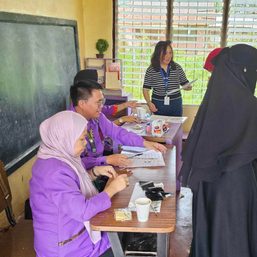
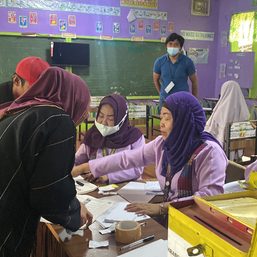
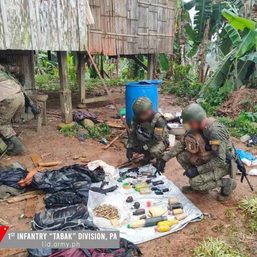
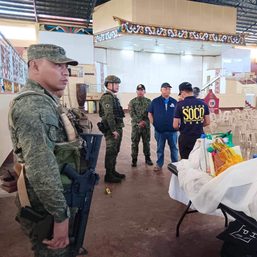
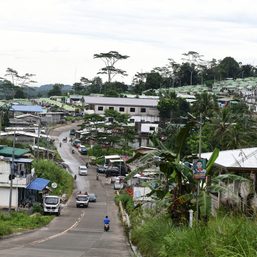
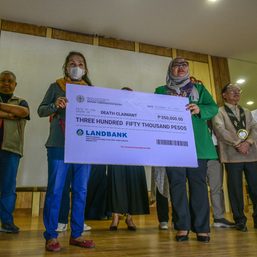
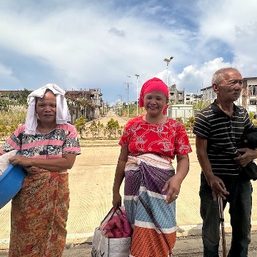
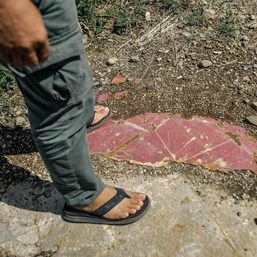
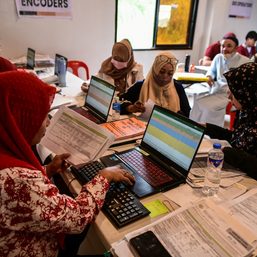
There are no comments yet. Add your comment to start the conversation.